Exploring Edmonds Jetty Above and Below the Surface
By Santiago Ramirez
The smell of seaweed. The blustering wind. The waves make a small crash. The sand under your feet. This is what you might feel when you think about Brackett’s Landing North in Edmonds, Washington. One of my favorite spots at the beach is the jetty. If you want to visit the large rock structure, you need to look north of the ferry dock. The jetty is very important. For one thing, it allows you to walk farther out into the water but without getting wet.
The jetty is a big wave breaker. It makes the waves smaller as they hit the jetty first before the beach. This makes it safer for everyone on the beach and in the water, protecting swimmers, scuba divers, and beach goers. Below the surface, the jetty is also a very important ecosystem and it holds so much life in such little space.
I look at Brackett’s Landing North and the jetty very differently than how I did two years ago. I used to see it as a place to dive, a familiar landmark that brought me back to shore on my way in. Now, after learning photography and marine science, I have developed an observant eye that allows me to see things I didn’t before. Edmonds Underwater Park means so much more to my life now that I see the Jetty as a whole new world and habitat for everything that lives there.
I love diving at the jetty. At high tide it is always full of animals, especially smaller animals. It is like a little protected zone for the smaller animals against the bigger predators. Some examples for the smaller animals are juvenile lingcod, perch, gunnels, great sculpins, juvenile kelp crabs, and juvenile red rock crabs. A lot of hermit crabs spend time on the far side (east) of the jetty. I remember a dive where I saw many hermit crabs all spread out over the big rocks of the jetty and it looked like a hermit crab party. The shallow water and protected structure also serves as a nursery for many small fish that swim together in schools. When the fish and crabs grow larger, they will move to deeper water where they become the predators of the smaller animals. Adult lingcod, cabezon, and rockfish are some of the biggest predators.
When I dive with my team or my dad at Edmonds Underwater Park, we also see a lot of sea stars on the jetty. They are usually moving to a new spot or they are hunting. Or they might just be hanging out and waiting for their next meal. There are two main types of sea stars I see at the jetty. One is the ochre sea star which has a thick body and thick arms. It is usually a deep purple or orange color. The mottled sea star is also common and looks like the ochre star but with thinner and longer arms. It is usually orange or brown in color.
At the jetty, another animal I find is anemones. The painted anemone, aggregating anemone, and moon glow anemone are all very common. The painted anemone has a stocky body, and comes in reddish-pink, white, and green. Aggregating anemones are normally found on rocks or sandy places, and have a light-dark greenish color. It has reddish-pink tentacles, and you can find many of them in groups. The moon glow anemone has a smaller body with skin that comes in light green or brown, but their tentacles come in white or green with small white lines.
The jetty is very different from high tide to low tide. When people are out walking at low tide, what can they see? The aggregating anemones would probably be shriveled up and squishy, found all over the sandy beach. The jetty would also look much taller at low tide than high tide (looks can be deceiving). There is also a wide variation in the color of life, from black and brown to red and pink. It is truly a rainbow underwater.
I think diving is a great experience for anyone because you experience a new world that is so different than anything on land. When I dive, I love everything about the adventure and feeling of floating and exploring. Exploring the ocean makes me want to know more about it. Diving has changed the lives of every person I know who dives now, and it impacts how they live every day.
I love the ocean because it provides such peace to me and I think it can happen to other people. It really makes you take deep breaths, and to me, deep breaths can really help calm you down and makes you feel more relaxed and comfortable. I believe that I can share that there is an unbelievable world underneath the water and how much fun it holds and exploration.

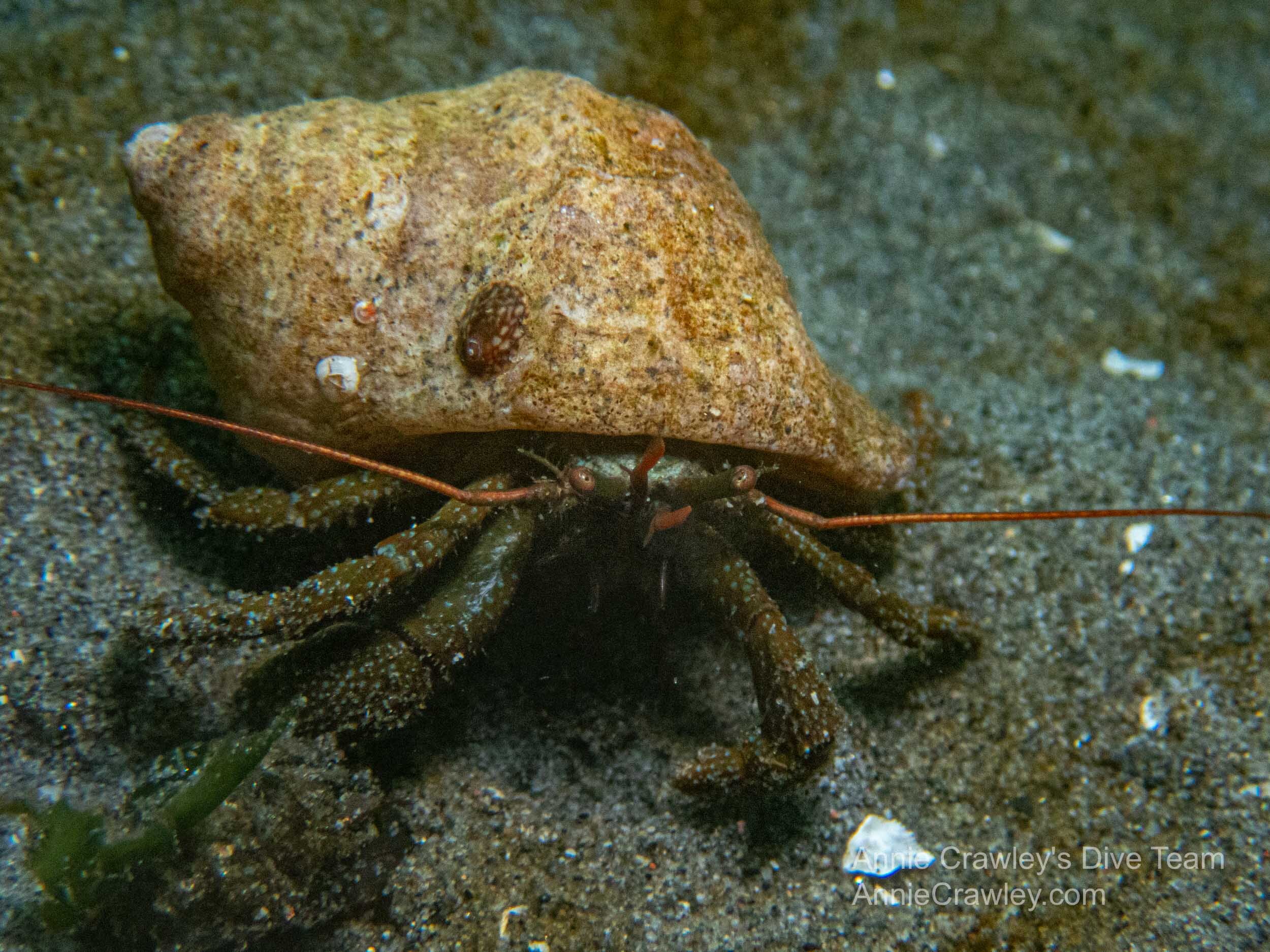
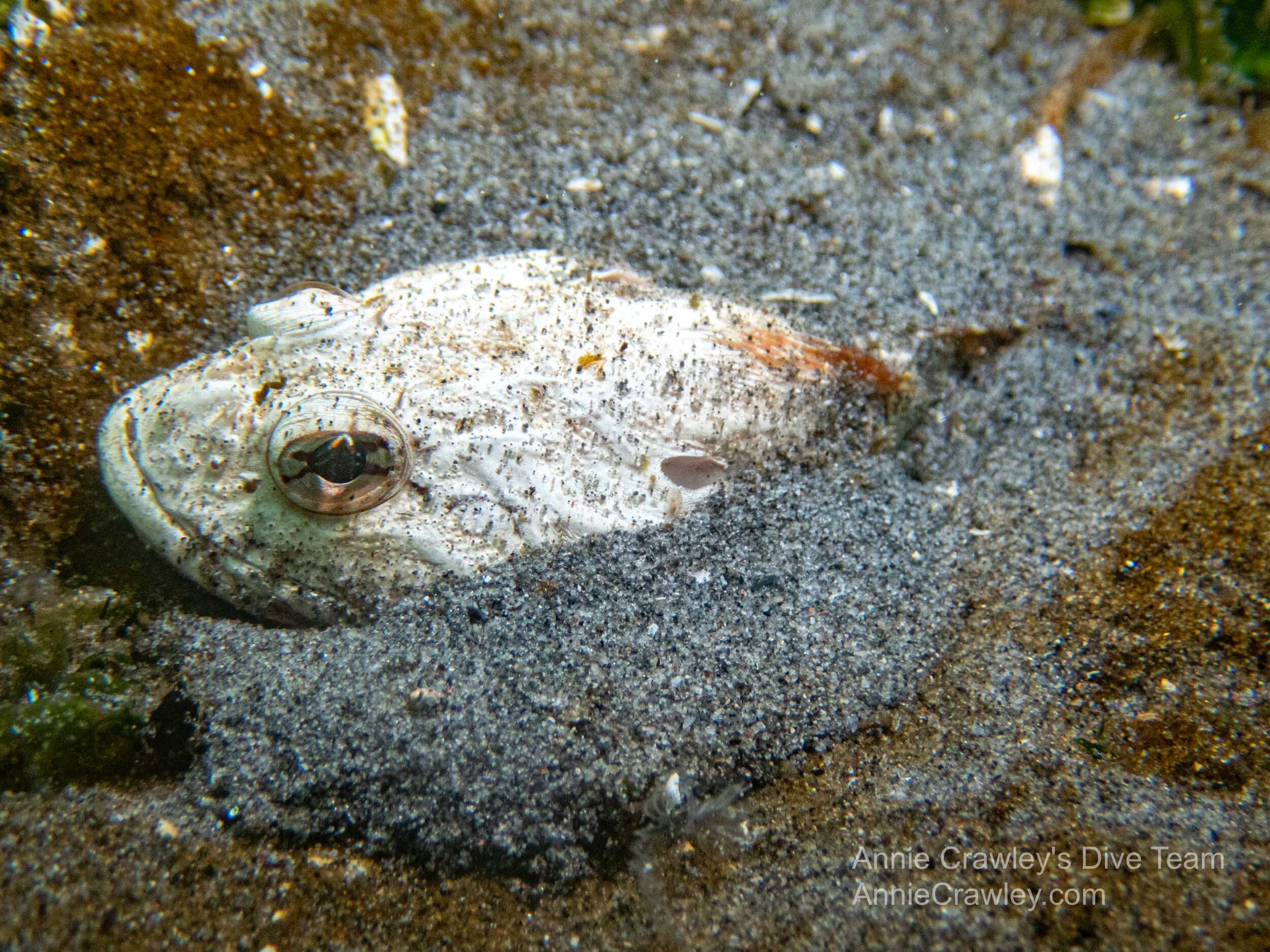


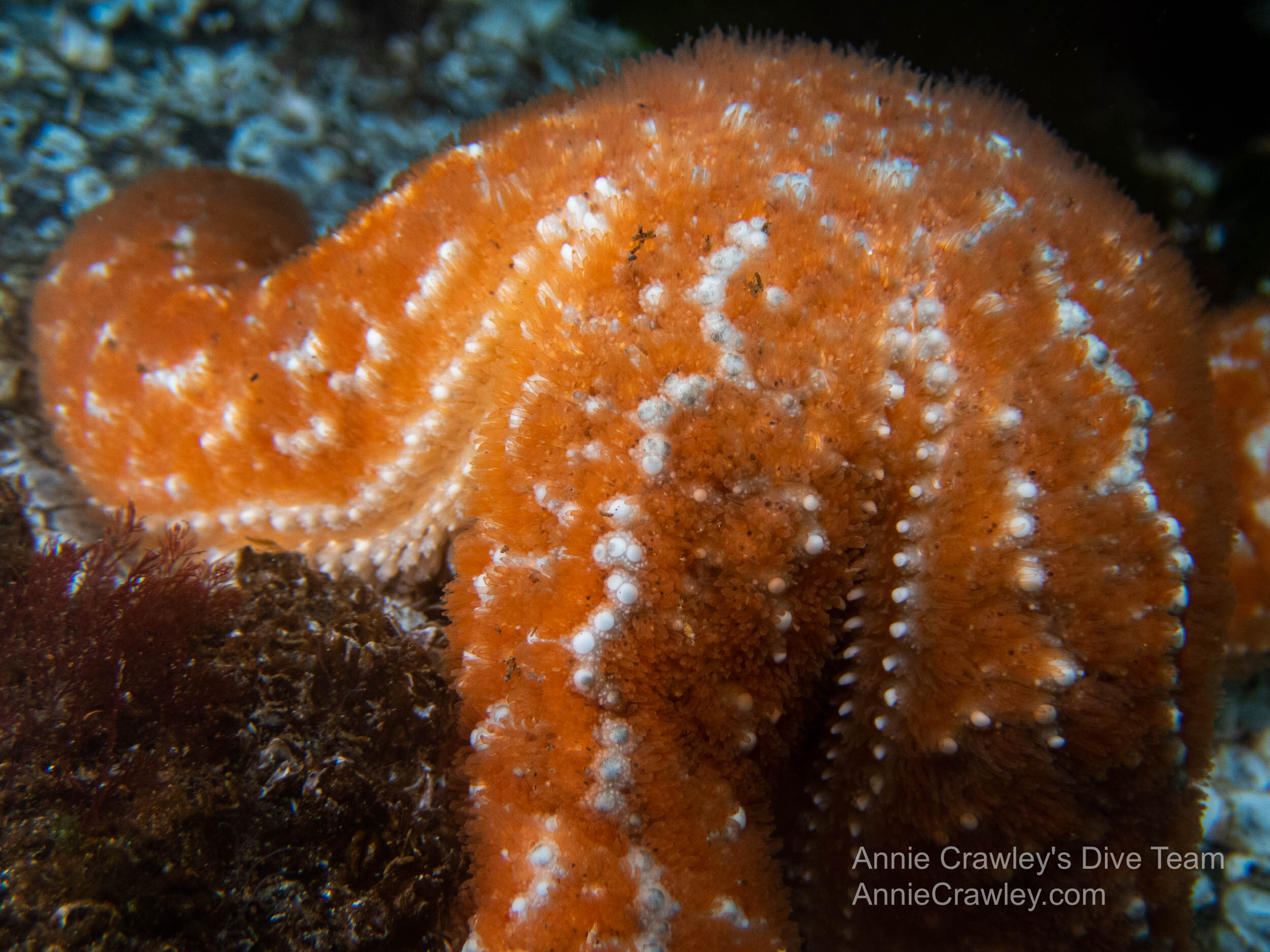
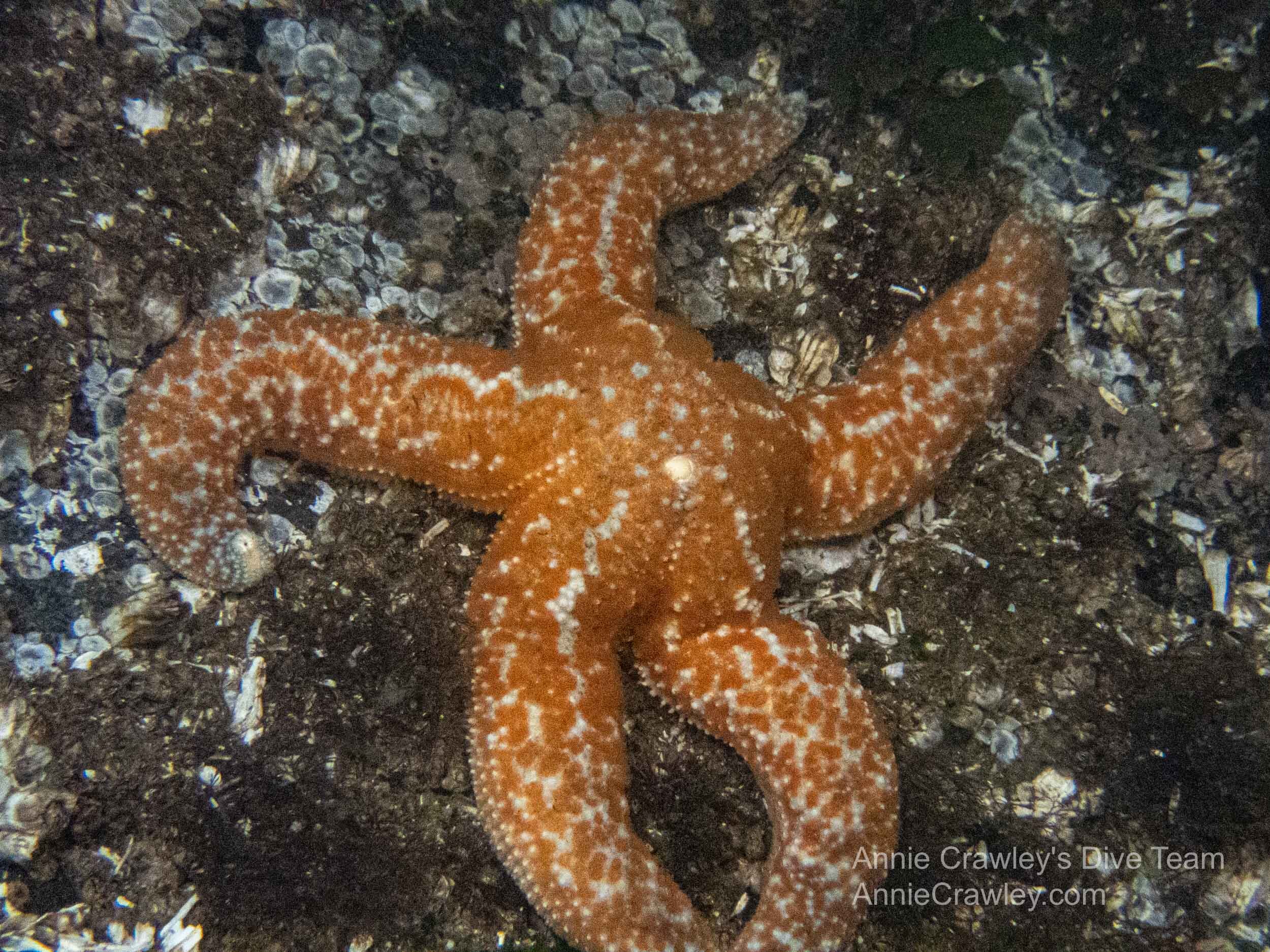
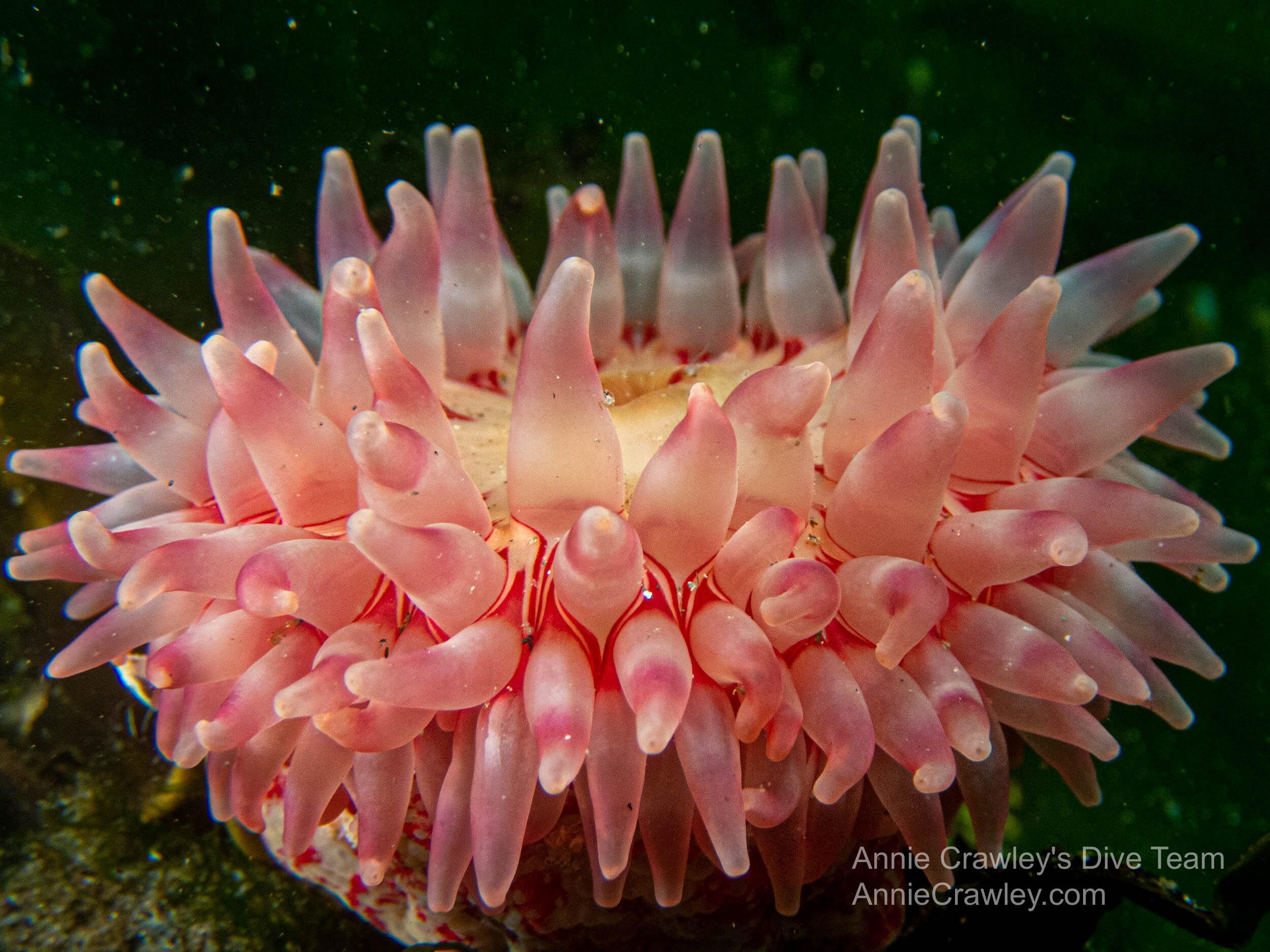
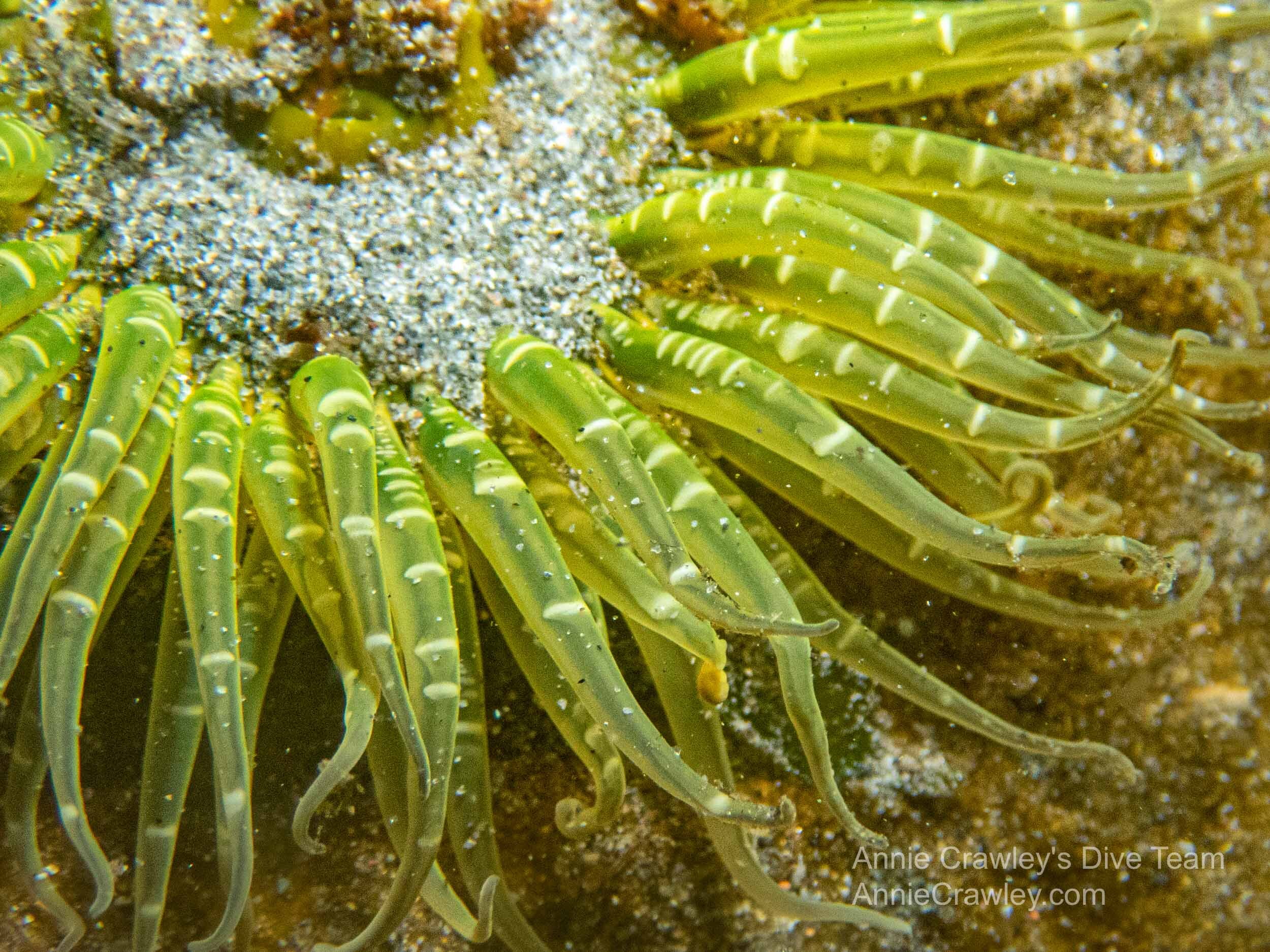

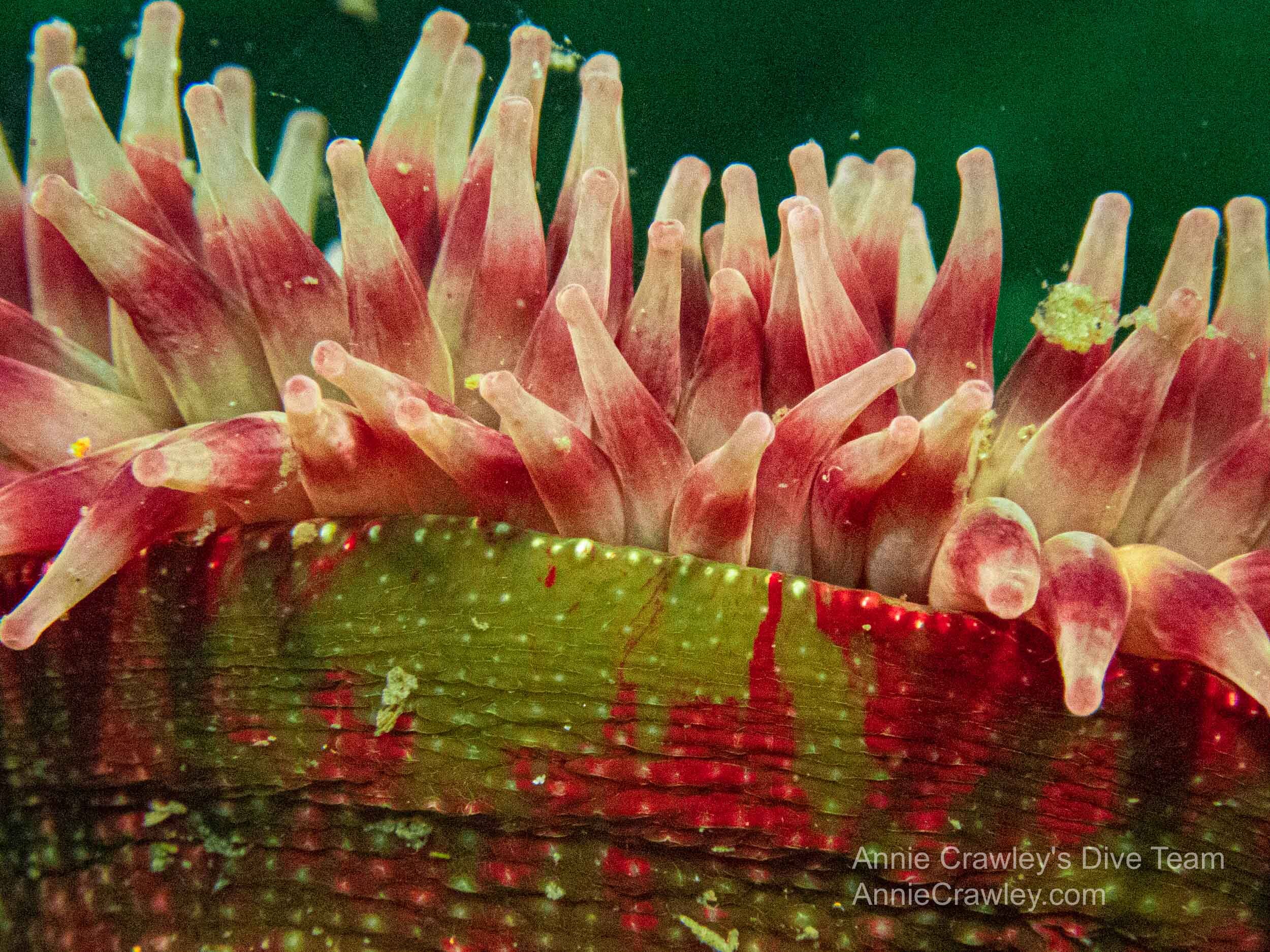
Santiago (Santi) Ramirez is a PADI Rescue Diver and underwater photographer. He has been diving since he was 10 years old and loves to dive the jetty with his team or dad, Beto. Read Santi’s Bio.